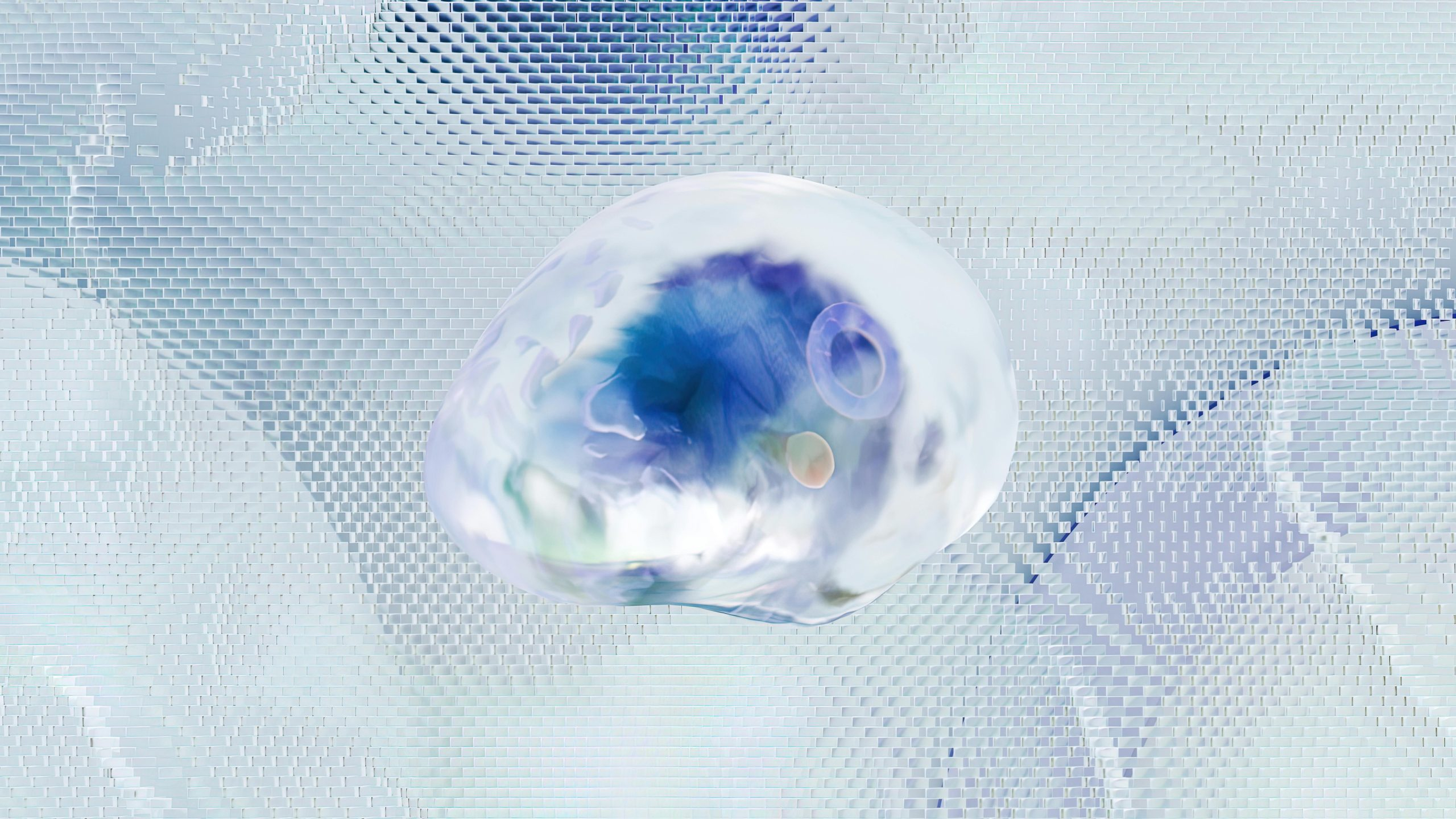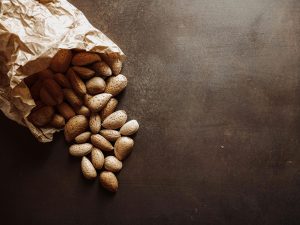3D-Printed Pasta: Custom Shapes Designed by AI Algorithms
Are you tired of plain-old spaghetti and meatballs? Looking for something more unique and customizable to satisfy your pasta cravings? Well, look no further because the future of pasta is here – 3D-printed pasta! And it’s not just any ordinary 3D-printed pasta, but one that is designed by artificial intelligence algorithms, resulting in custom shapes that you might have never imagined before. So, let’s dig deeper into this fascinating fusion of technology and food and find out more about 3D-printed pasta: custom shapes designed by AI algorithms.
The Rise of 3D-Printed Food
Technology has been steadily advancing in the food industry, and 3D-printed food is one of its latest innovations. But what exactly is 3D-printed food? It is the process of creating food using 3D printing techniques, similar to those used in manufacturing and design industries. The only difference is that instead of using plastic or metal as the printing material, food ingredients are used.
The concept of 3D-printed food has been around for a while, but it was only in recent years that it gained more attention and popularity. And one of the pioneers in this field is Barilla, the Italian food company known for its pasta. They have collaborated with TNO, a Dutch research organization, to develop 3D-printed pasta using AI algorithms.
The Role of AI Algorithms in 3D-Printed Pasta
Artificial intelligence has been the driving force behind many advancements in various industries, and it is no different in the food industry. With the help of AI algorithms, users can create their own unique pasta shapes by simply inputting specific parameters such as size and design preferences. The algorithms then analyze the data and create a custom design that is 3D-printed onto the pasta sheet.
This process not only allows for endless possibilities of pasta shapes, but it also ensures consistency in size and texture of the final product. And who knows, maybe one day we’ll even have AI-powered chefs creating entire meals for us!
The Benefits of 3D-Printed Pasta
Unleashing Creativity and Customization
Gone are the days of being limited to traditional pasta shapes such as penne, spaghetti, or lasagna. With 3D-printed pasta, the options are endless. From personalized shapes for special occasions to intricate designs for a fun twist on traditional dishes, there are no limits to the creative potential of this technology.
Efficiency and Sustainability
The use of 3D printing technology also brings efficiency to the production of pasta. It reduces waste, as only the necessary amount of ingredients is used, and it also speeds up the process of creating pasta shapes. This not only benefits consumers who get their pasta faster, but it also benefits the environment by reducing the carbon footprint of the food industry.
Accessible and Inclusive
Another advantage of 3D-printed pasta is its accessibility. It allows for easy customization for individuals with specific dietary restrictions or preferences. For example, gluten-free pasta can be easily created with the use of alternative ingredients, making it more inclusive for those with celiac disease or gluten sensitivity.
The Future of 3D-Printed Pasta
As with any emerging technology, there are still challenges and limitations to overcome. The cost of 3D-printed pasta is still higher compared to traditional pasta, and the technology is not yet fully accessible to the general public. However, with ongoing developments and advancements, it is only a matter of time before 3D-printed pasta becomes more affordable and widely available.
In the future, we might even see 3D-printed pasta in restaurants or even in our own homes as a regular kitchen appliance. With the ever-evolving technology and our ever-changing taste buds, 3D-printed pasta is definitely a trend that is here to stay.
In Conclusion
The fusion of 3D printing and pasta might seem unusual, but it is an exciting development in the food industry that is breaking new ground in terms of creativity, accessibility, and sustainability. With the use of AI algorithms, customization and innovation in pasta shapes are taken to a whole new level. So, are you ready to take a bite into the future of 3D-printed pasta?











